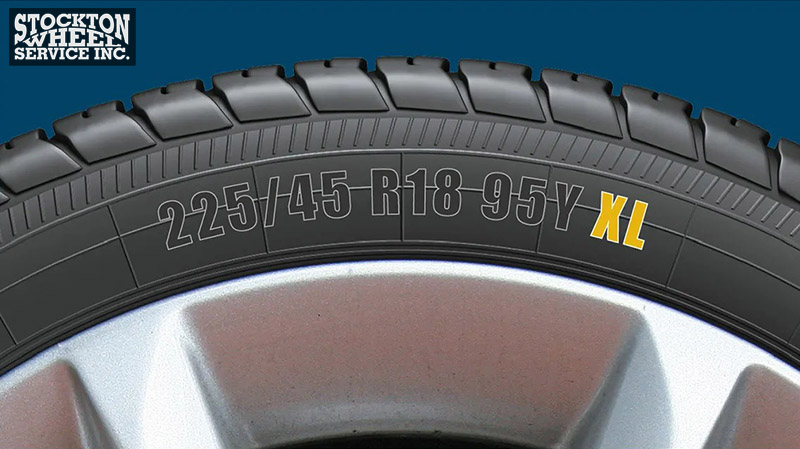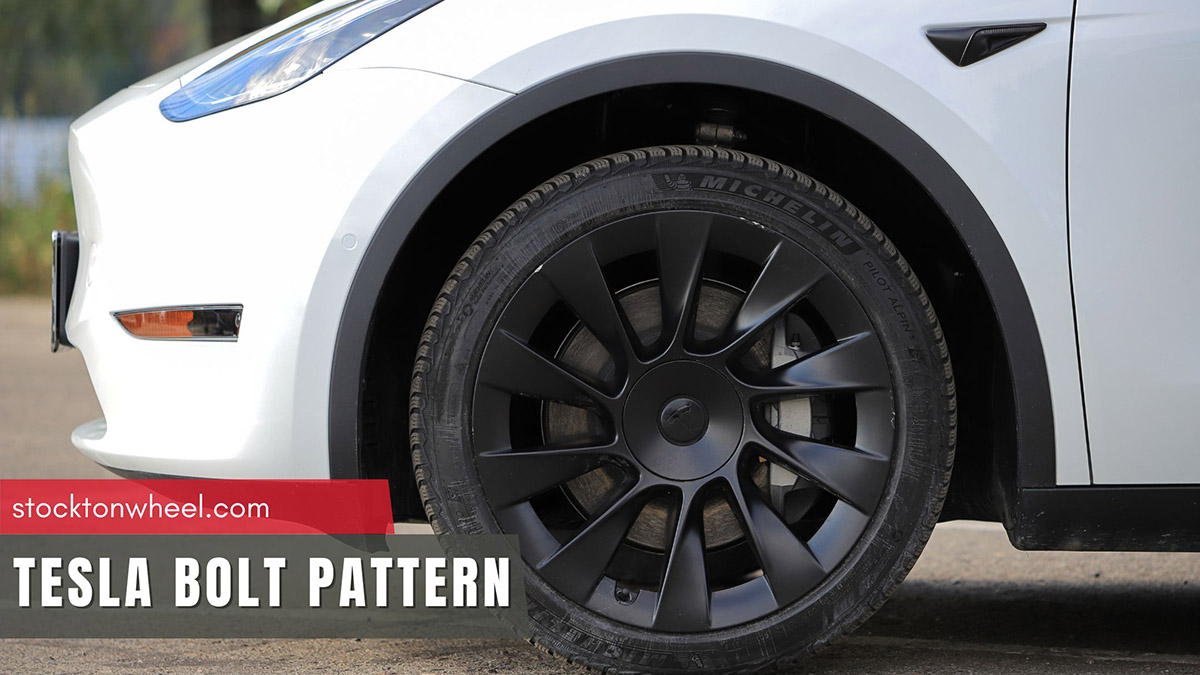XL tires are often seen in huge trucks and heavy-duty vehicles more than regular cars. There are reasons for that, including the meaning behind the “XL” markings themselves. This article will shed more light on them, along with the functional differences between XL tires vs. regular tires.
In this article:
What Does XL Mean On A Tire? How Fast Can It Go?
XL – Extra Load – tires are specially designed for usage on heavy loads and heavy-duty cars. However, note that tire manufacturers do not use the same labeling codes. XL tires might either be labeled RFD or RF(Reinforced) or EL (Extra Loads).
Regarding their speed ratings, there are no exact numbers; the best way to confirm the matter is to inspect the tire sidewalls for specific letter codes or numbers.
These numbers/characters will tell you all there is to know about the tire’s performance and speed rating. For instance:
- V = 149 MPH or 240 KMPH
- W = 168 MPH or 270 KMPH
- Y = 186 MPH or 300 KMPH
SL vs. XL Tires: How Do They Differ?

SL/Standard Load:
SL tires have maximum load capacity pressure of about 35 PSI. They can only carry/withstand the load pressure specified on their sidewall; there is no extra reinforcement within their internal construction.
As such, SL tires work best for everyday driving, passenger vehicles, and regular cars that do not have to handle extra cargo. Since these are the most basic tires in the automobile industry, they are either marked “SL” or arrive with no label at all.
To sum it up:
- Cannot tackle heavy loads
- Designed for regular/everyday driving
XL/Extra Load:
XL-rated tires are reinforced with extra layers (usually on the tire shoulders to provide optimal strength) – and hence, can be pumped up to a whopping 41 PSI.
These supplementary materials minimize risks of tire deflection and damage from road impact, easily withstanding weight pressures and loads higher than SL tires of similar sizes. That explains why they are called “Extra Load tires.”
To summarize:
- Reinforced structure compared to SL
- Higher load capacities
- Can handle heavy loads
XL Tires Disadvantages And Advantages

The Pros
- Reinforced tires will last much longer than normal tires, as they can cover more distance without encountering internal defects.
Even in the light of abusive usage or accidents (ex: high-speed driving into a curb), internal damage is highly unlikely. I usually run errands (say, 3-4 times/week) in Akron, Ohio, where roads are littered with giant potholes, but the tread depth on my XL tires still remains at 9/32 inch after 2 years.
- They enjoy better adhesion and traction properties. The rigid construction delivers effective power transmission, corner handling, quick responses at turns, and great resistance to extra forces (centrifugal forces, braking, or acceleration). As such, the whole ride feels sturdier and safer.
The Cons
To achieve the above advantages, XL tires have to sacrifice other aspects, such as:
- Noise Levels. Reinforced tires produce noises 1 decibel higher than regular tires.
- Fuel Consumption and Rolling Resistance. Reinforcement materials increase the density of the tire’s shoulders and face (below the tread). As a result, the car suffers from more fuel consumption and rolling resistance. The increased tire mass and weight only worsen the situation.
- Driving Comfort. These extra modifications may compromise the tire’s driving comfort; several drivers report slightly more steering wheel vibration than standard tires. However, these recounts are not necessarily generalizable, as other drivers claim they barely feel the difference.
Notes When Using XL Tires
While XL tires do promise amazing benefits, they cannot perform at their best if you do not keep in mind these extra tips:
- XL tires are a good investment if you have to carry heavy cargo on a daily basis. Smaller cars for regular driving, on the other hand, do not benefit much from these tires.
- Not using XL tires for 4x4s, sports cars, or vans is deemed illegal in certain regions. Double-check the regulations before deciding whether to buy the tires or not.
- Using SL tires for vehicles that require only XL tires may invalidate your warranty and insurance. But on the contrary, SL tires can be swapped/replaced with extra load tires.
- XL tires only work when their air pressure is properly maintained. Otherwise, premature wear is only to be expected.
Are There Other Tires That Can Also Handle Extra Loads?
XL is not the only contender that can work with heavier loads and cargo. Other promising alternatives on the market include:
- C tires (Cargo or Commercial) for off-road, commercial vehicles, and more.
- CP tires (camping) for camper vans
- LT tires (Light Truck) for transporters, light lorries, etc
They are even sturdier than XL with extra layers, tire belts, and carcasses, offering maximum load-carrying capacity.
FAQs
Do XL Tires Use More Gas?
Yes. As mentioned above, the heavy weight severely impacts their fuel economy, requiring more gas than SL tires.
Can I Put XL Tire Size On My Car?
Large everyday vehicles like SUVs can actually use both SL and XL tires. However, for lighter-weight cars, installing XL is not a great idea.
Conclusion
Tires with Extra Load ratings deliver superior performances to standard ones, all thanks to the reinforced materials, aggressive tread patterns, and stiff sidewalls.
Still, certain drawbacks are expected, so weigh the pros and cons (and legal issues as well) to decide whether they are worth your hard-earned money.
See more:








